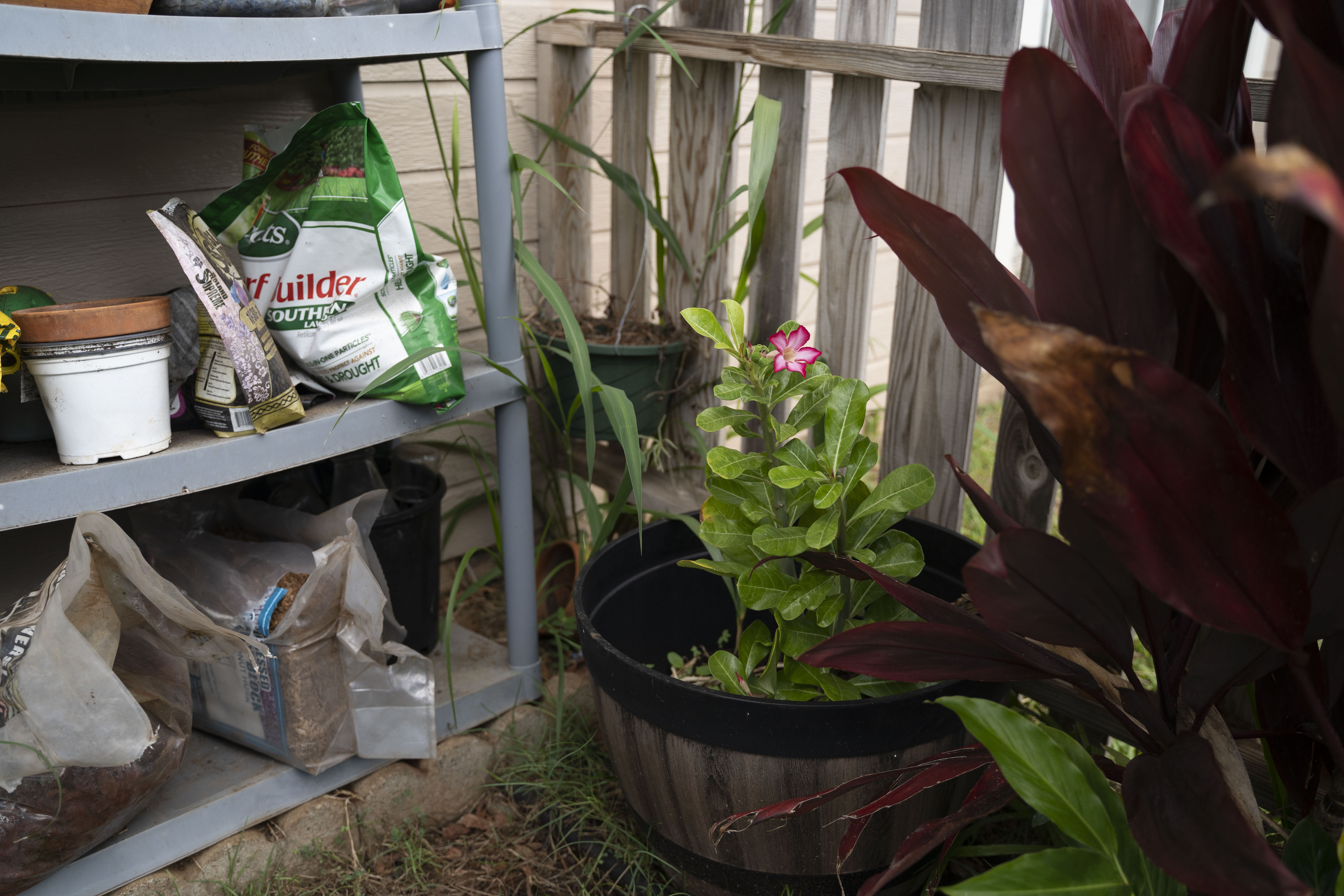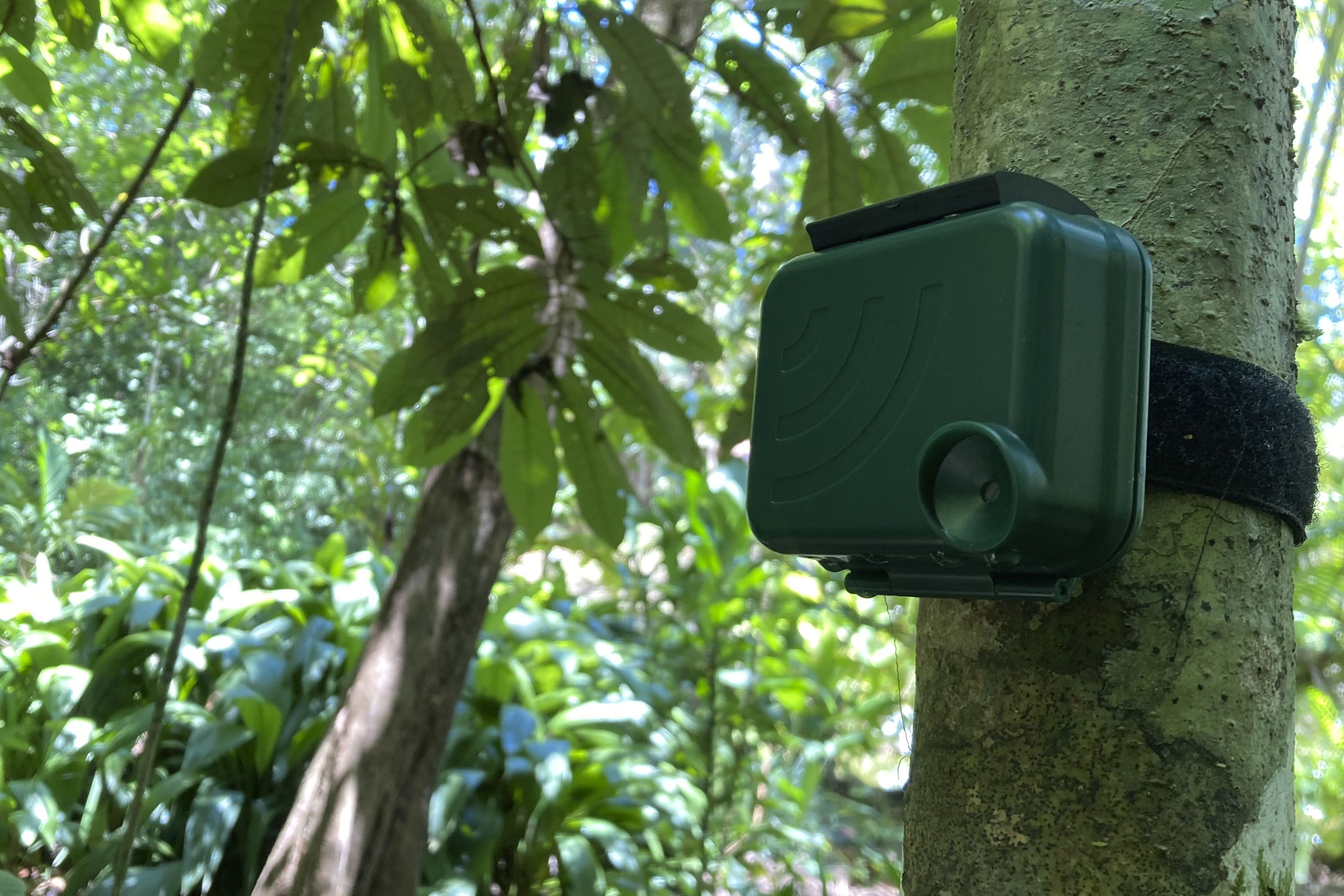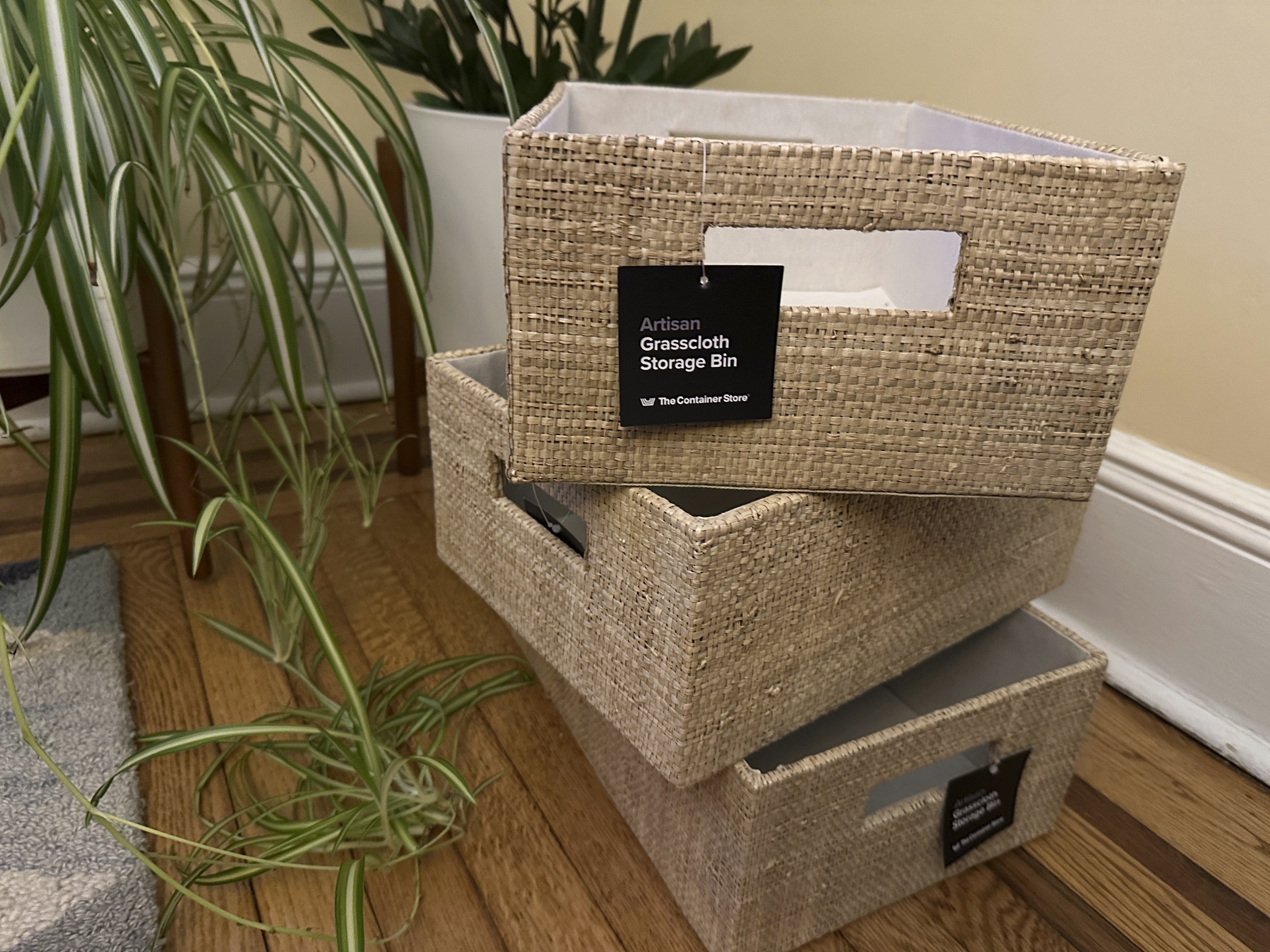(NEXSTAR) — Though temperatures are warming up across many states after frigid days last week, subfreezing conditions and treacherous roadways remain aplenty in the U.S. Freezing rain and sleet have already left some with icy driveways and sidewalks, which could last through Monday and Tuesday depending on where you live.
So is it too late for you to put down salt on your pavement?
Whether or not you should even use salt will depend on the precipitation and the temperature you’re experiencing.
Salt works by lowering the freezing temperature of the ice or snow to which it’s added, making it melt faster. However, once temperatures drop below 20 degrees F, ice melt becomes less effective, Dave Longley of Nexstar’s WSYR explains. Below 15 degrees F, it’s largely ineffective.
Just as your city or town puts down salt before snow and ice move in, Longley recommends treating your sidewalk and driveway ahead of the precipitation. This can help prevent the ice from forming at all.
If you wait until the precipitation starts falling, you’ll find your salt may have limited effectiveness.
“The best times are before the precipitation arrives, and it is good to put some down after you finish shoveling or plowing,” Longley explains. By putting salt down after you’ve cleared your driveway and walkways, you can get ahead of the likely wet surface turning to ice as temperatures drop after sunset.
How much salt you apply is largely up to you. If you use too much, you might find yourself with leftover salt residue or chunks on your driveway.
As Nexstar’s WTEN reports, experts recommend using about a handful of rock salt per square yard. If you’re using a calcium chloride ice melt, you can use less: about one handful for every 3 yards. That means in many cases, you may only need a coffee mug amount for your driveway, and possibly less for your sidewalk or other walkways.
If there is a layer of ice you’re hoping to knock out without chipping away at it, Longley recommends a combination of salt and sunshine — if you’re lucky enough to get some. If it doesn’t completely melt the ice, it should at least make it easier to remove.
Rock salt and calcium chloride, both commonly used to tackle ice, have been known to damage pavement, cause rusting on cars, and even pollute water. If you’re looking for a less-harmful means of melting ice (and the sun isn’t helping you), Denver’s Department of Environmental Health recommends magnesium chloride, which is also considered the most pet-safe option by the ASPCA; calcium magnesium acetate, or a “carbonate-based solution.”


























